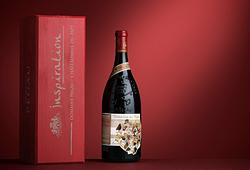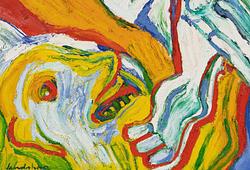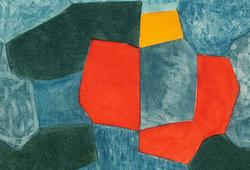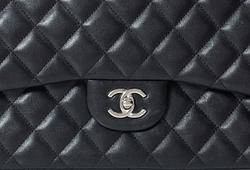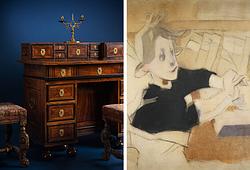Olle Bærtling
"AGUIBA"
Signed Baertling and dated 1958 verso. Canvas 180 x 92 cm.
Alkuperä - Provenienssi
Halmstad University.
Private collection, Germany.
Näyttelyt
Clearly First, New York, 2002.
Muut tiedot
Like many other artists, Baertling encountered criticism in his time. For a long while in Sweden he was seen as “the constantly controversial banker who was trying to paint” despite the fact that, unlike many contemporary artists, his reputation extended far beyond the borders of his homeland during his lifetime.
Baertling’s painting developed step by step from figurative to non-figurative from the 1940s onwards. When borders opened up after the Second World War Baertling, like many others, travelled to France-the stamping ground for new art. The 1950s were the decade that set the tone for Baertling. In the early years, he took longer and longer leaves of absence from his banking job at Skandinaviska Banken and travelled to Paris. There, in the Mecca of art, he encountered the new winds that were blowing through the art world at the Salon des Réalités Nouvelles and sought out artists such as André Lhote, Fernand Léger, Victor Vasarely, Richard Mortensen and Auguste Herbin. The latter became vital to his continued artistic development, introducing Baertling to the far-sighted gallery owner Denise René, who immediately installed him in her “stable of Constructivists”.
Baertling abandoned Op art, which had once inspired him, and started to create a style entirely his own, in which triangles and diagonals became the main theme. From basic geometrical elements, he built up a new imagery of proportions and synthetic, programmed colour harmonies. Intense fields of colour enclosed in black diagonal contours create a dynamism that few other artists managed to achieve. These slightly arched black lines, which Baertling himself called “sabre lines”, were added at the very end. Baertling preferred artificial shades of colour which did not conjure up associations with nature and considered black to be a magical colour; light, happy and beautiful. Gunnar Berefelt describes the impact of the colours on each other as follows: “The contrast at borders should probably be asserted as the most striking and active effect. In Bærtling’s art, when two colours gain a sufficiently long and distinct boundary, they seem to alternately encroach into the domain of the neighbouring colour. Just at the boundary line, both colours oscillate, flutter.”




